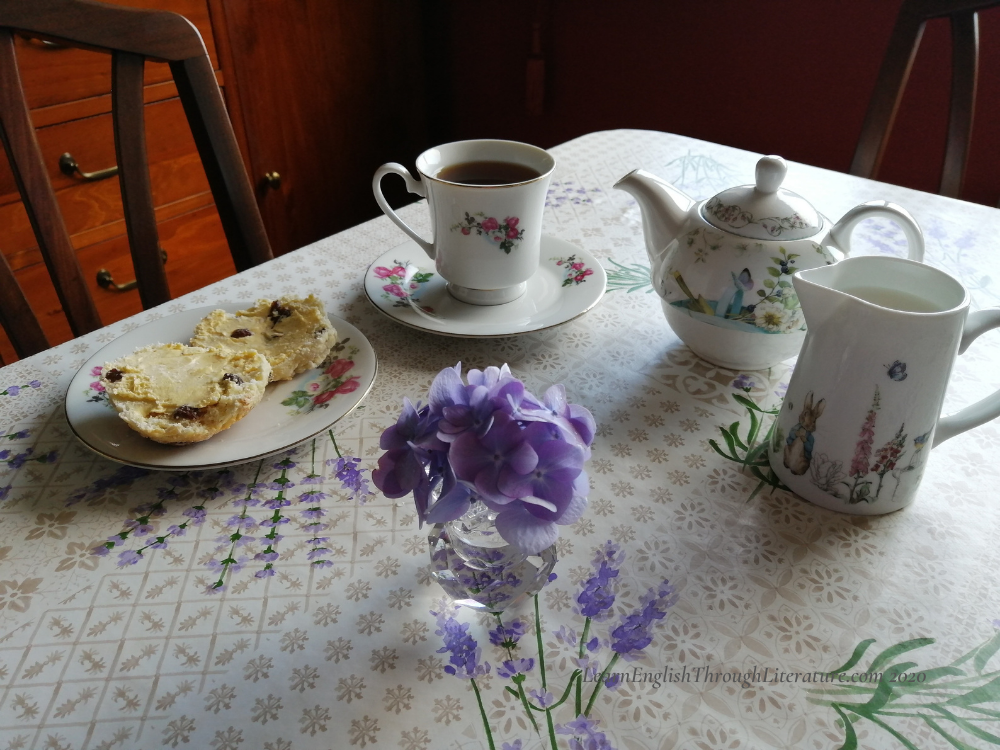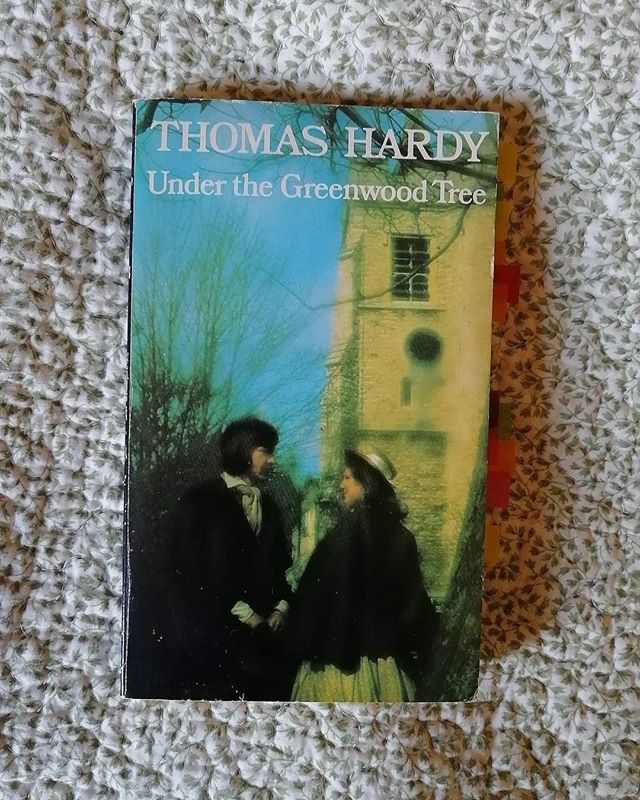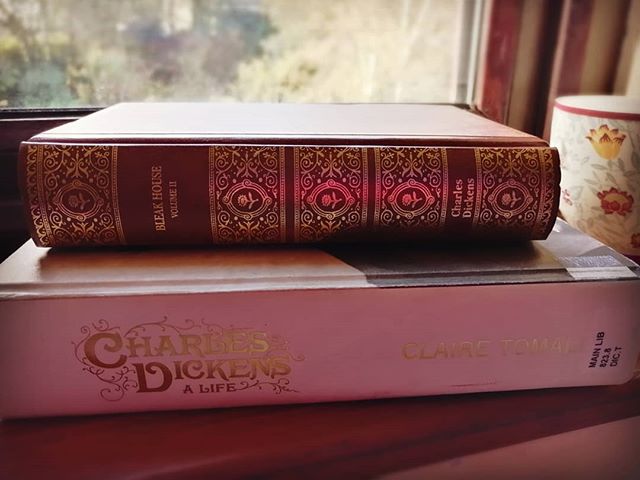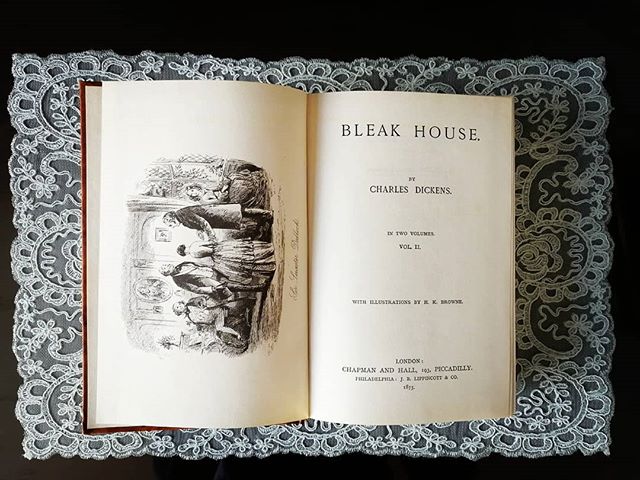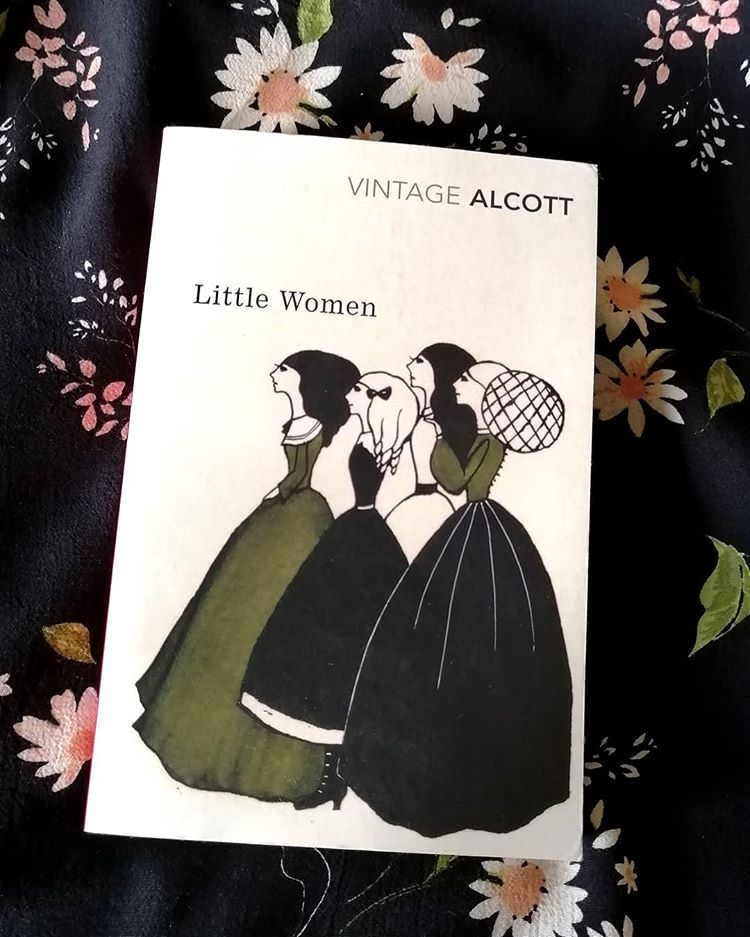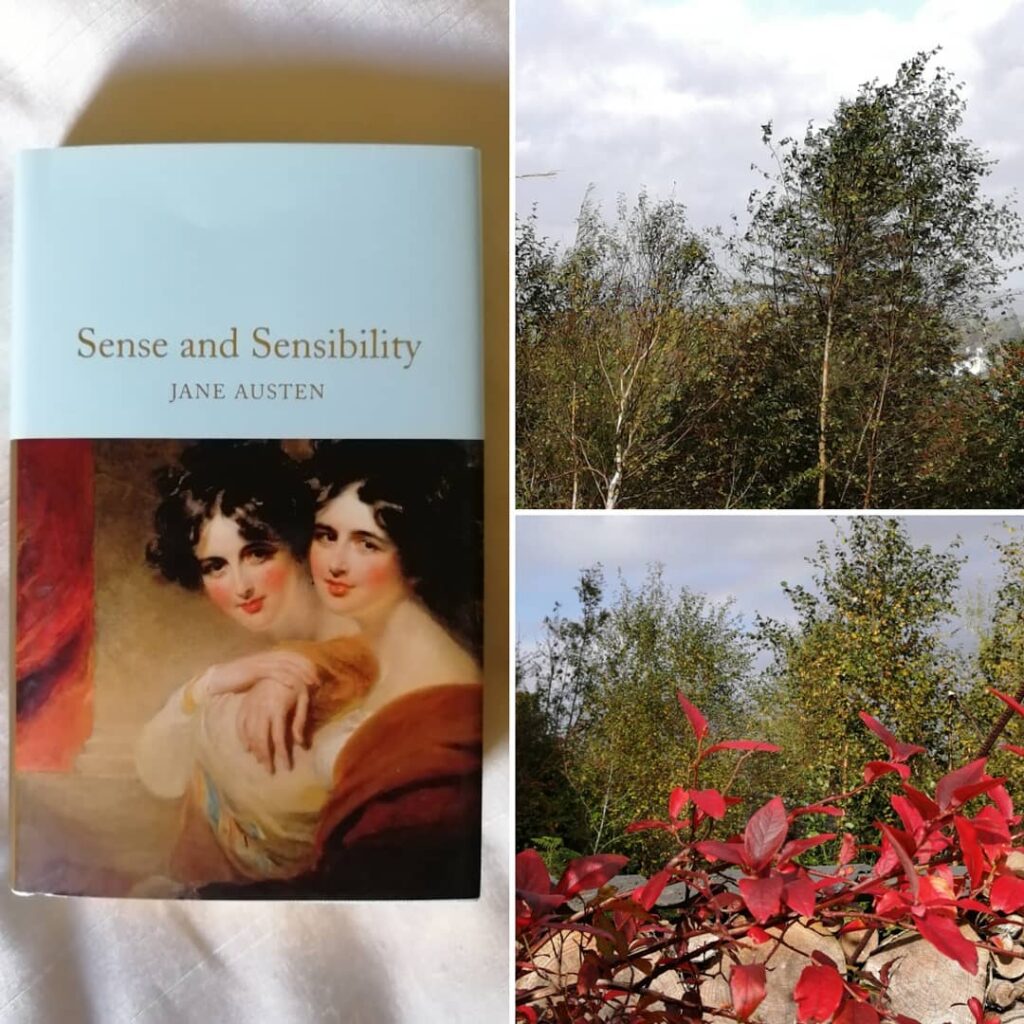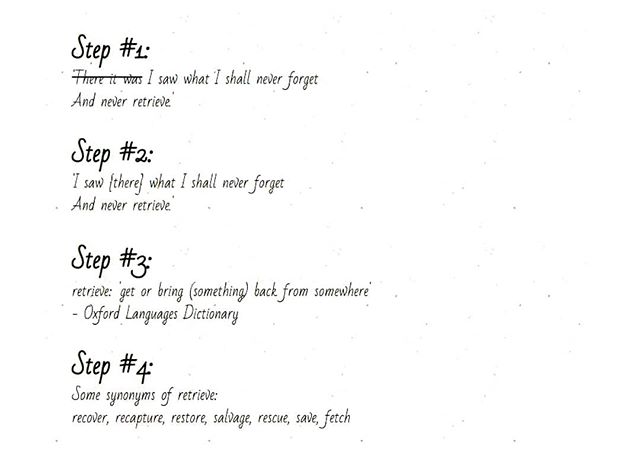Lesson #119: Teatime Literary Reflections (and the Power of Good Storytelling) (Part 1)
Teatime! A light dinner eaten in the late afternoon or evening that is still popular in Britain and Ireland. I’m at home alone this evening, so I decided to serve my tea and scone on my Grandmother’s china, an heirloom passed down through the years. However, teatime is traditionally a time for the family (and […]
Lesson #119: Teatime Literary Reflections (and the Power of Good Storytelling) (Part 1) Read More »

